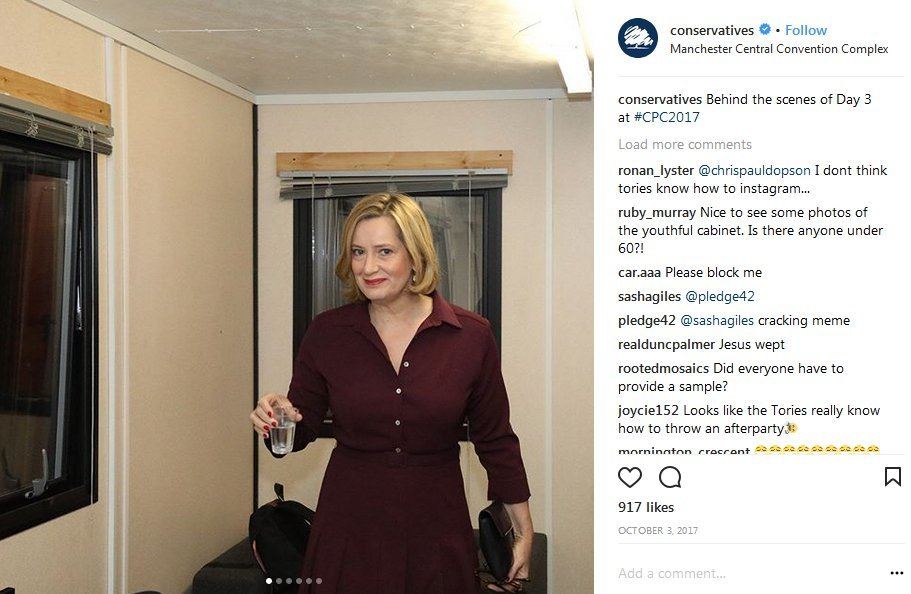Foreign Secretary Boris Johnson
It was easy to talk about Conservative digital strategy in 2015: the party ran a sophisticated online campaign of Facebook ads, spending over £1 million versus Labour’s £16,000. This approach secured a surprise majority against Ed Miliband’s “four million conversations” doorstep-based strategy.
But if you try to have a conversation about the Conservative’s digital strategy today, you hear something different: “Are we on the record?” Which proves the old adage that while success has many fathers, failure is always an orphan.
In three years, the Conservatives have shifted from having a world-leading digital operation to being hopelessly outgunned – on the internet at least – by a reinvigorated Labour party, boosted by Momentum.
The only occasion a Conservative MP really broke through on Twitter this year was when the party’s deputy chair tweeted an apology to Jeremy Corbyn, which at Labour’s insistence included the phrase “please retweet”.
On the 19th of February I made a defamatory statement about @jeremycorbyn. I have apologised to Mr Corbyn and here is the complete text of my apology. Please retweet. pic.twitter.com/6JZc8O9E82
— Cllr Ben Bradley MP (@BBradley_Mans) February 24, 2018
The message was shared more than 55,000 times – more than twice the total number of retweets Theresa May’s account had achieved by that point in 2018.
Losing on social media hurts the Conservatives in two ways: first, it means fewer people see their messages on those platforms, but second it also has a huge effect on what news people see. Almost all of the top 25 most-shared political stories during election 2017 were pro-Labour, often highly partisan articles from niche blogs with a virulently anti-Conservative stance; the widespread sharing legitimises the message.

 Main Edition
Main Edition US
US FR
FR







Join the discussion
Join like minded readers that support our journalism by becoming a paid subscriber
To join the discussion in the comments, become a paid subscriber.
Join like minded readers that support our journalism, read unlimited articles and enjoy other subscriber-only benefits.
Subscribe